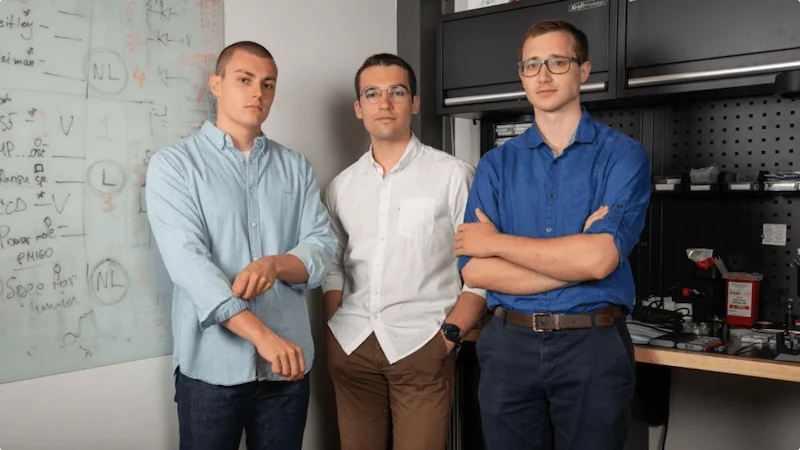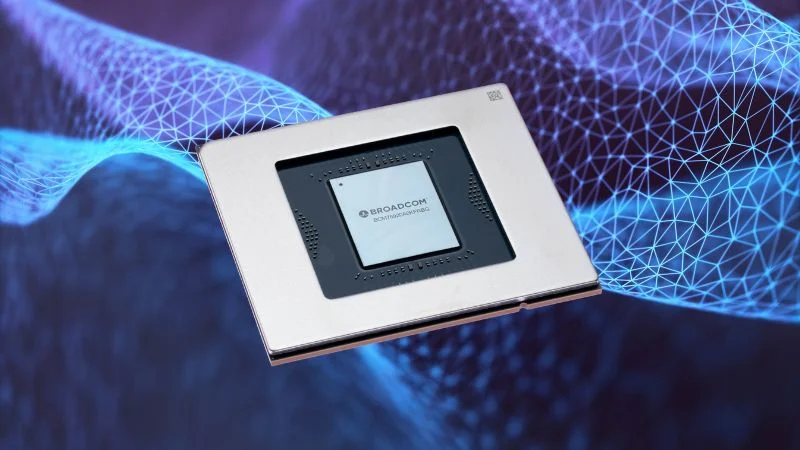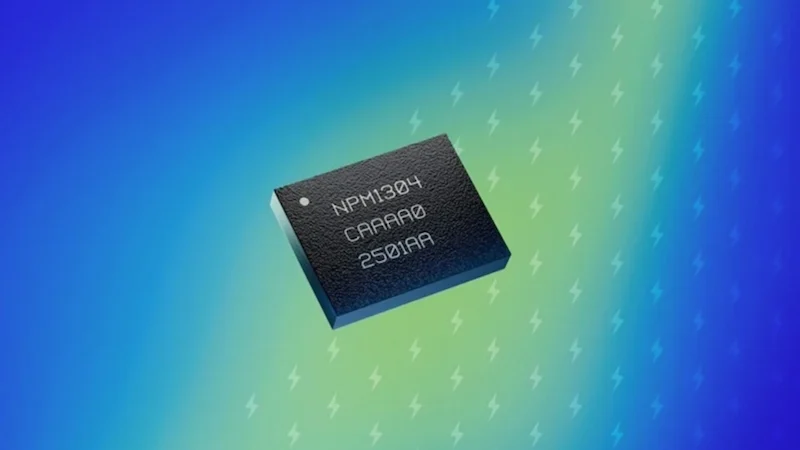As the AI industry hits an energy wall, Arago is rewriting the rules of compute.
The rise of AI has been driven as much by advances in hardware as in algorithms. But today’s leading GPUs are starting to buckle under the power and thermal demands of ever-larger models. Data centers are pushing physical and economic limits. At the edge, heat and energy constraints are even more severe.
Photonic chip startup Arago is betting that the way forward isn’t smaller transistors, but fewer of them. Their solution is a hybrid optical-electronic processor that moves data and performs computations using light.
.png)
An artistic impression of Arago’s photonic processor.
With a $26 million seed round, a heavyweight founding team, and a novel photonic processor called “JEF,” Arago is building a chip designed to slash power use, integrate with existing AI ecosystems, and bring light-based processing out of theory and into production.
A Photonic Processor for the Real World
Codenamed JEF, Arago’s chip processes AI workloads using photons instead of electrons. At its core is a proprietary photonic circuit that replaces parts of the compute stack typically handled by hot, power-hungry transistors. This lets JEF perform certain operations, especially matrix math and data movement, with drastically lower energy use.
According to Arago, early results suggest the chip can deliver up to ten times lower energy consumption than top-tier GPUs, without sacrificing throughput or compatibility.
Importantly, JEF is designed to work with today’s tools. It's compatible with mainstream AI frameworks like PyTorch and TensorFlow and is designed to be fabbed using standard semiconductor processes with no exotic manufacturing required.
Arago has also developed a full software stack called Carlota, which abstracts the complexities of photonic computing and exposes a programmable interface to developers. Unlike earlier optical compute attempts that required rethinking the entire software layer, JEF is designed to plug directly into the existing AI pipeline.
Built to Bridge Physics and Systems
Arago’s founding trio, CEO Nicolas Muller, CTO Eliott Sarrey, and CSO Ambroise Müller, combine expertise across photonics, chip design, machine learning, and software engineering. That multidisciplinary foundation is critical since integrating a fundamentally new compute principle into modern AI workflows requires solving both physics and systems problems simultaneously.

Arago’s founders. From left to right, CEO Nicolas Muller, CTO Eliott Sarrey, and CSO Ambroise Müller.
Backing them is a who’s-who of deeptech talent. Pierre Boudier, former Nvidia fellow and lead GPU architect at Intel, has joined as an advisor. Bertrand Serlet (former VP of software engineering at Apple, co-founder of Fungible), Christophe Frey (GM at Arm), and Thomas Wolf (co-founder of Hugging Face) are among the high-profile angel investors. The $26 million seed round, oversubscribed and co-led by Earlybird, Protagonist, and Visionaries Tomorrow, highlights the growing investor confidence in photonic compute.
A Photonic Future Grounded in Compatibility
Photonic computing has long been the subject of academic fascination, but practical adoption has lagged due to challenges in integration, programmability, and manufacturing. What sets Arago apart is not just its physics, but its pragmatism: compatibility with AI frameworks, standard foundry processes, and a fully integrated software stack.
With funding in place, Arago is accelerating toward commercial deployment. In the near future, the company plans to finalize silicon-photonic integration and bring JEF to engineering samples, expand its 20-person team across France, Israel, and North America, and build out business partnerships for early deployments in AI inference, edge compute, and low-power datacenter applications.
If Arago succeeds, it won’t just reduce AI’s energy footprint. It'll reshape how we build compute systems in a post-Moore’s law world.
All images used courtesy of Arago.



